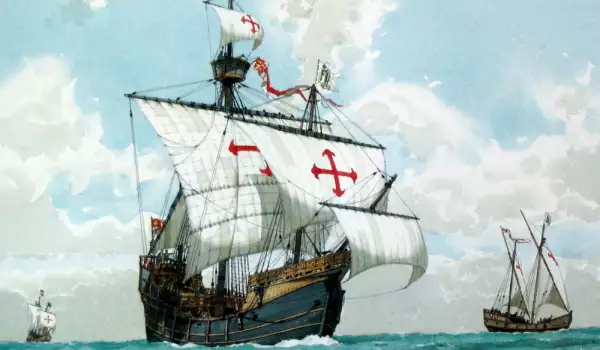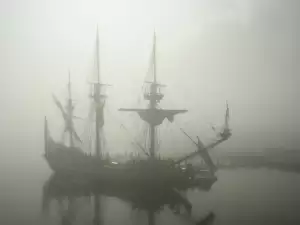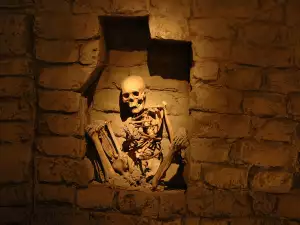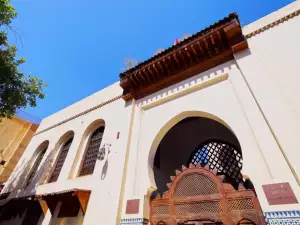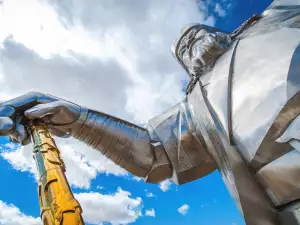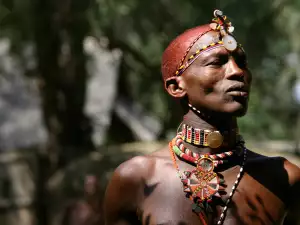Nowadays, the Earth looks smaller and smaller with each passing day but once it was vast, unknown and filled with wonders and horrors. In today's context, Ferdinand Magellan's feat of circumnavigating around the globe may not seem like such a big deal but to his contemporaries it was something unheard of at the time.
The renowned navigator was born in the city of Porto, Portugal in 1480, at the beginning of the so-called Age of Discovery. The young Magellan was fascinated by the grandiose discoveries of his fellow countrymen. During his service in the royal Portuguese Navy, he was inspired to go on the voyage that would immortalize his name and make the world just a little smaller.
Conflict with the king of Portugal led Magellan to pledge his allegiance to a Spanish king. It was under the Spanish flag that he sailed round the world. On September 20, 1519, admiral Magellan's fleet of 5 ships sailed out of the Spanish port Sanlúcar de Barrameda. The ships comprising Magellan's fleet were the flagship Trinidad, San Antonio, Concepción, Santiago and Victoria.
Magellan's first stop was the Canary Islands, which were already known to the Europeans. Then the ships continued on to Brazil in South America. The voyage continued south along the American mainland, to reach the southern parts of Patagonia.
During a scouting expedition, one of the ships, Santiago, sunk, while the San Antonio set sail back toward Spain. On August 24, the Magellan's diminished fleet set sail once more. After some tireless sailing, Magellan found the channel he was looking for - today's Strait of Magellan, named after him.
Navigating through it was difficult and dangerous but eventually Magellan set his sights on the boundless expanses of the Pacific Ocean. Their travels continued but became ever more difficult. Food and fresh water were in short supply. The crews suffered scurvy. This continued until the sailors reached the Mariana Islands.
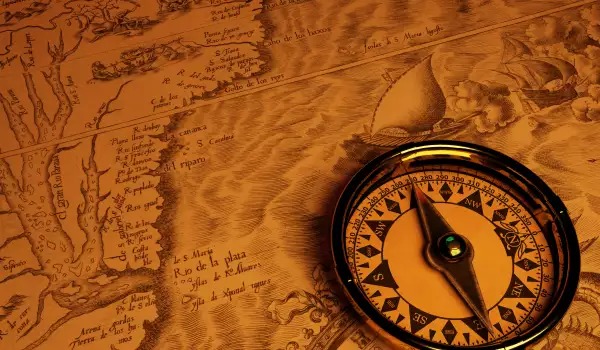
Having been greeted warmly by the indigenous population, Magellan and his crews moved on with the idea that they would meet friendly islanders in the other lands on their route. Eventually they reached the Philippines. Their ships were resupplied, while Magellan began to baptize the islanders. Unfortunately, ignoring all the advice he was given, Magellan joined in a battle between the islanders, with this costing him his life.
His death meant that the expedition had lost its leader. The Concepción was abandoned, while the Trinidad and Victoria spent several months in the Maluku Islands. Finally, on September 6, 1522, after a voyage of severe hardship and deprivation, the Victoria reached the Spanish shores.
The price of this achievement was tremendous. 4 of the 5 ships in the fleet were lost, and of the 230 men who left port in Spain, only 18 returned.
